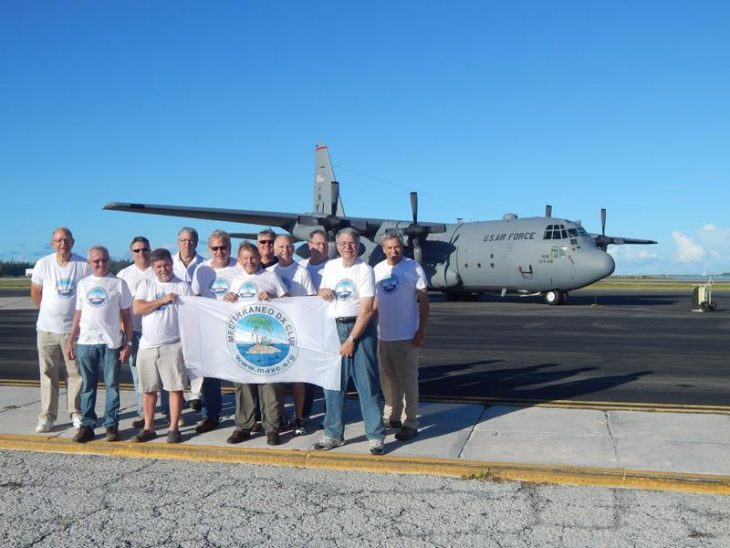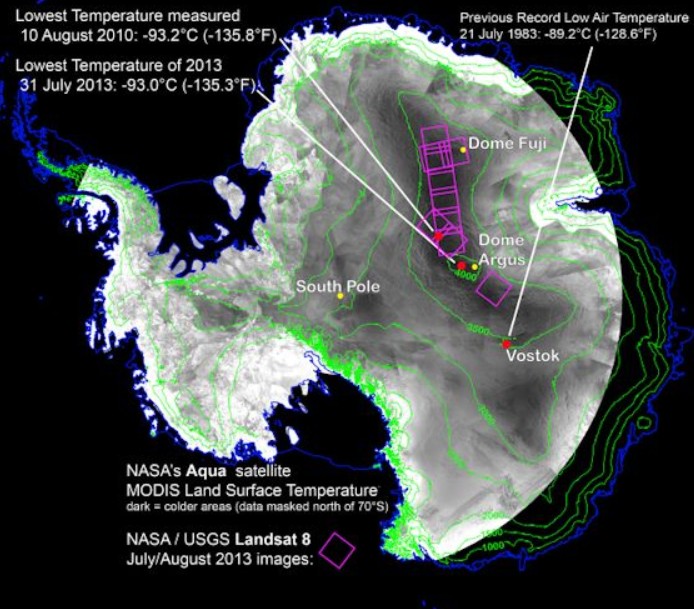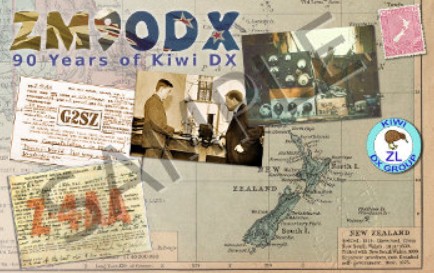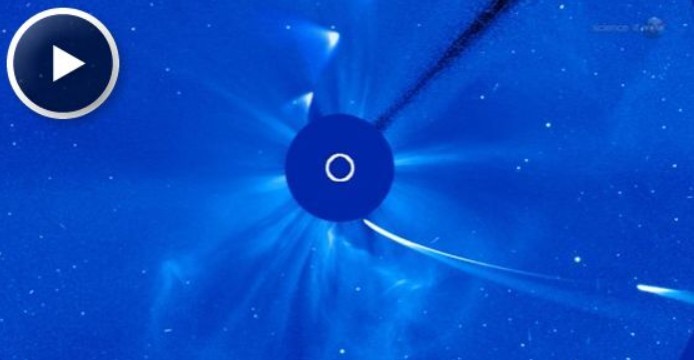Astronomers have long known that some comets like it hot. Several of the greatest comets in history have flown close to the sun, puffing themselves up with solar heat, before they became naked-eye wonders in the night sky.
Some comets like it hot, but Comet ISON was not one of them.
The much-anticipated flyby of the sun by Comet ISON on Boxing Day 2013 is over, and instead of becoming a Great Comet….
“Comet ISON fell apart,” reports Karl Battams of NASA’s Comet ISON Observing Campaign. “The fading remains are now invisible to the human eye.”
At first glance this might seem like a negative result, but Battams says “rather than mourn what we have lost, we should perhaps rejoice in what we have gained—some of the finest data in the history of cometary astronomy.”
Click image for You Tube story






